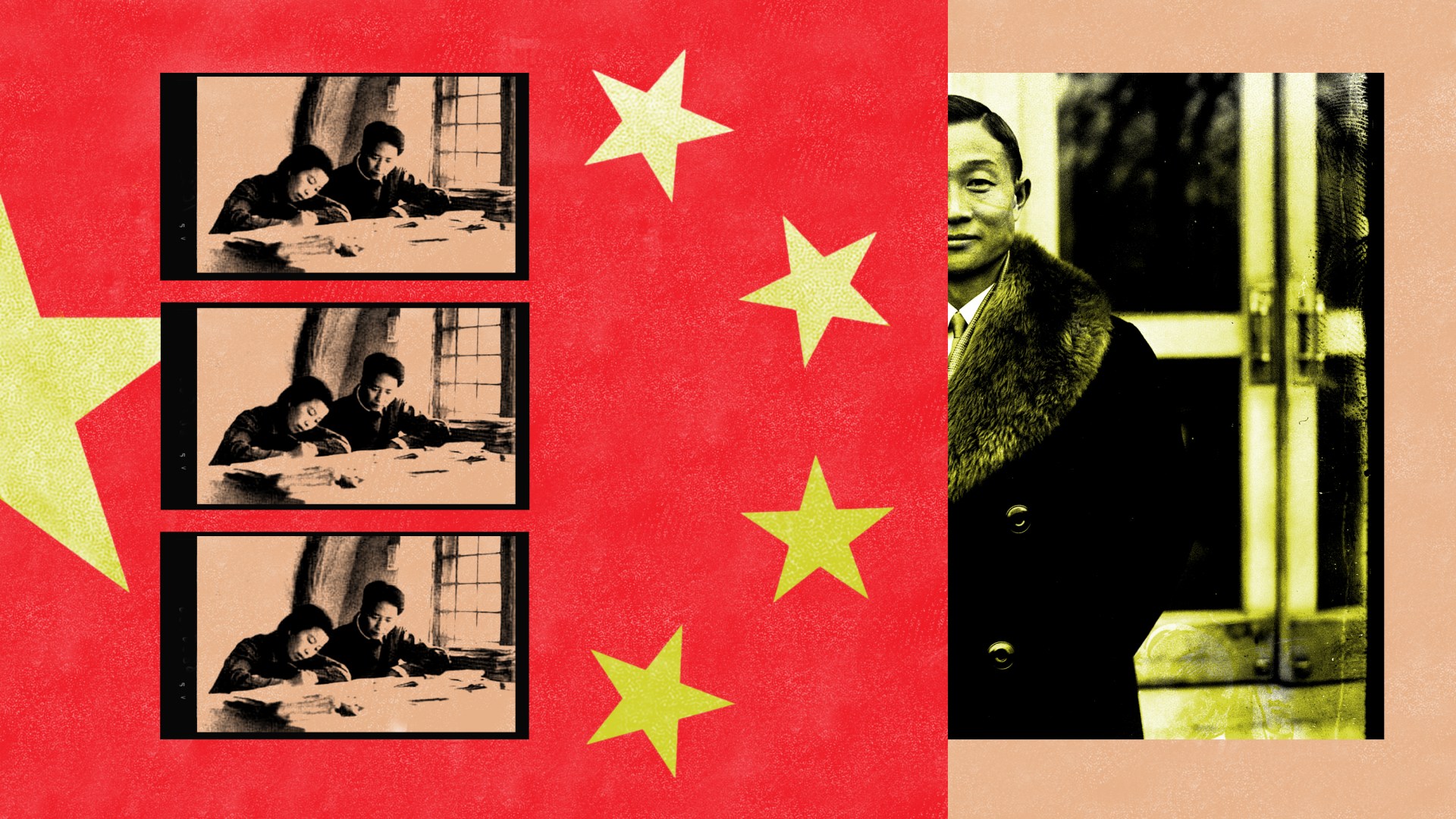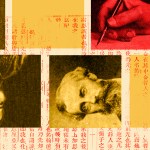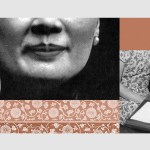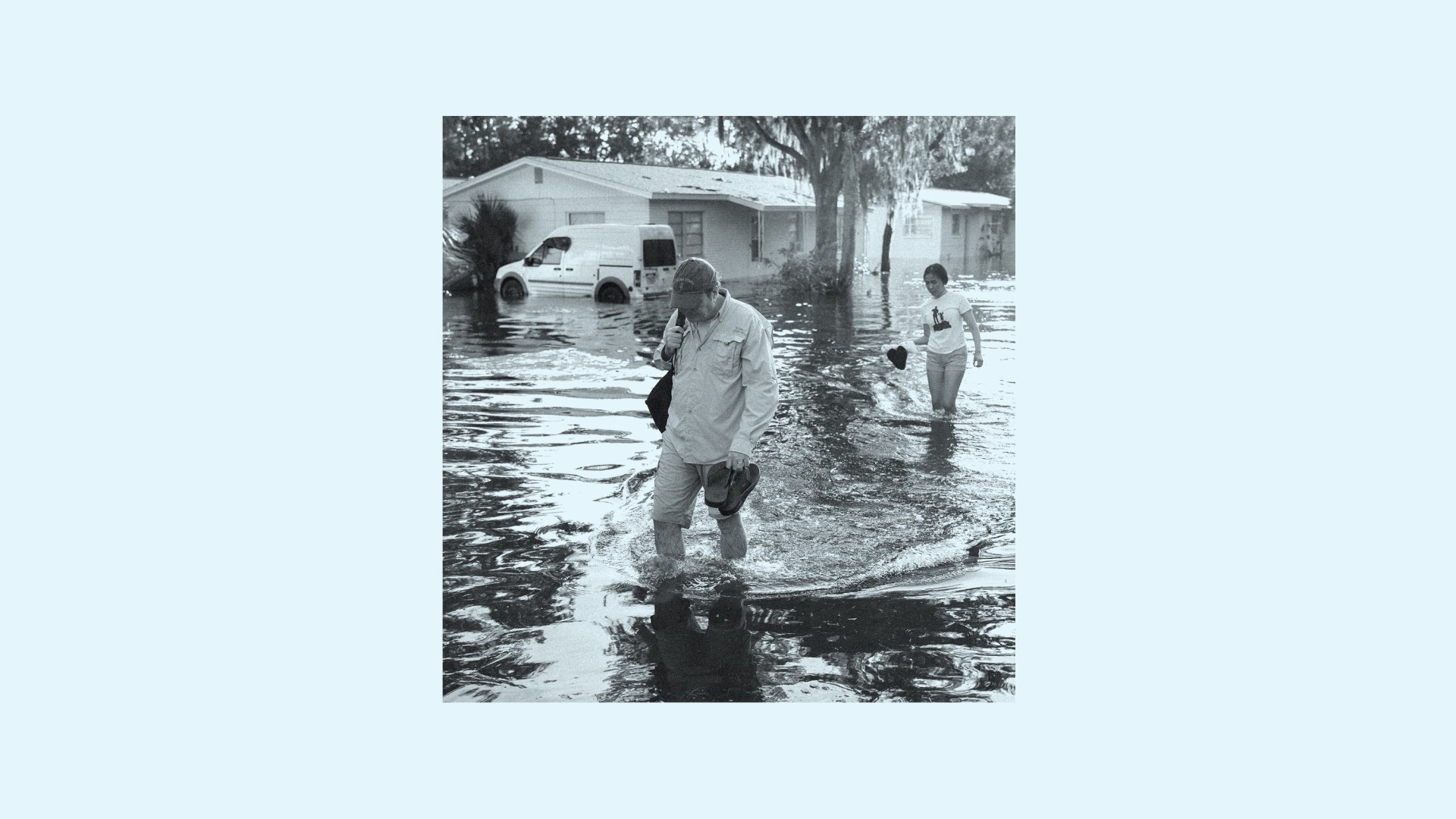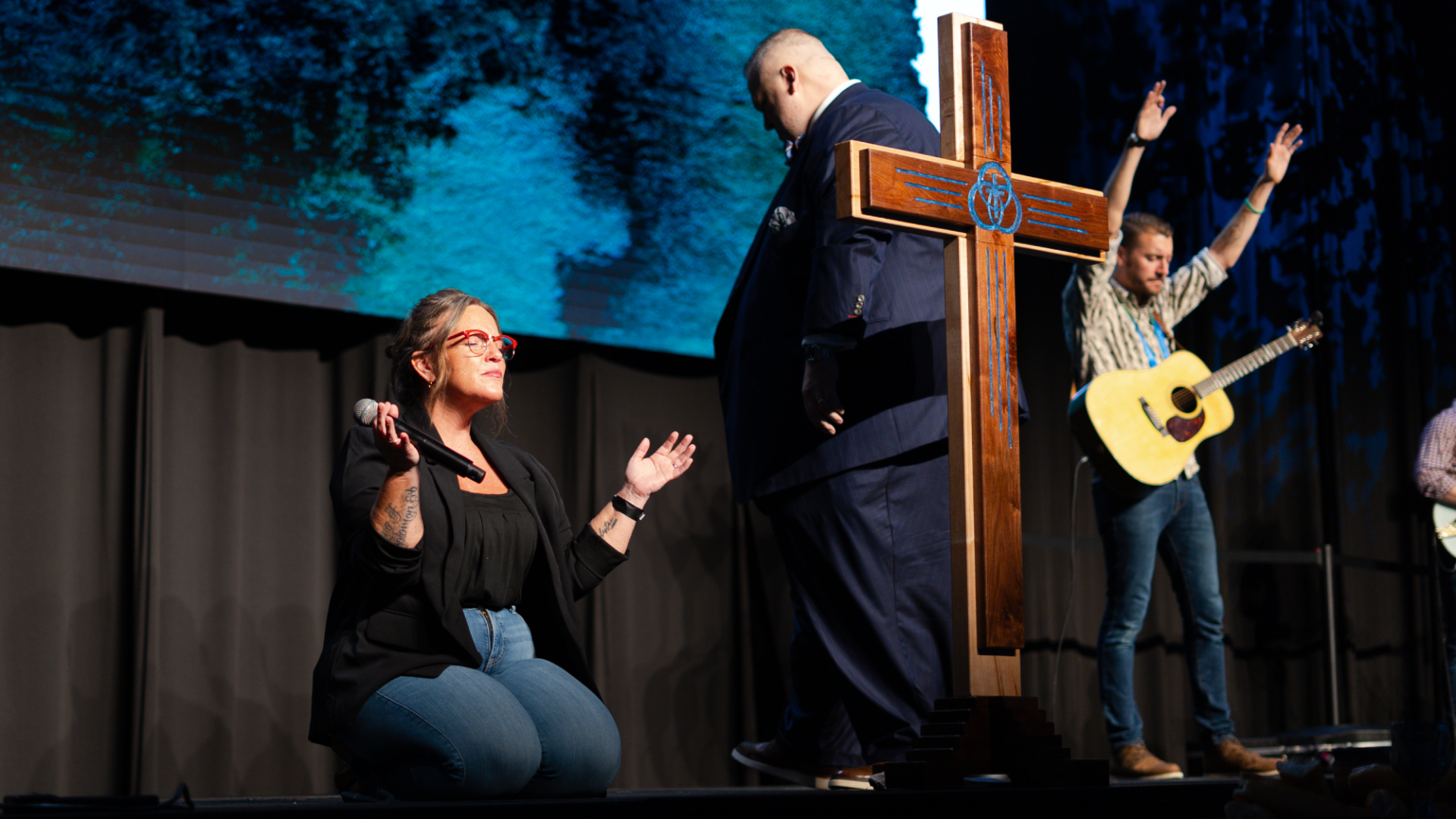In 1918, Yan Yangchu (Y. C. James Yen) set sail from the United States for France despite the possible threat of submarine attacks during World War I.
The recent Yale University graduate, along with 40 other Chinese Christian students, had been invited by the YMCA to provide social activities for 30,000 Chinese laborers in France who were working in munitions plants, doing farm work, loading military supplies, and building or repairing roads.
The ship ahead of Yan sank, and the one behind was torpedoed, but his ship arrived safely. Reflecting on this event, he wrote:
They put their studies aside, and risked losing their lives to the enemy’s submarine attacks to come here to be servants of Chinese laborers … because their hearts have been treated and changed by the Doctor Christ; thus they all have high standards of social ethics, love their fellow countrymen, and want to serve them.
In the northern French city of Boulogne, Yan became so busy writing letters for dozens of homesick, illiterate men each night that he asked for volunteers who would be willing to learn 1,000 basic Chinese characters.
His eager students skipped their dinners so as not to miss class, even after digging trenches all day. Yan began writing and printing the Chinese Workers’ Weekly to give them practice reading.
After 35 of the 40 laborers passed the simple test of writing a letter home and reading the Weekly, Colonel G. H. Cole, who was head of the Chinese Labor Corps and had been with the Canadian YMCA in China for 12 years, ordered Yan to start literacy programs in other French cities.
Yan asked him to send the other Chinese YMCA students to Boulogne to observe his classes for a week. After they returned to their own camps, they started teaching the 30,000 Chinese laborers how to read.
Yan began to recognize the potential power of peasants to build a nation. He made a vow that upon his return to China, he would devote the rest of his life to the “release of the pent-up, God-given powers in the people” through mass education reform. Little did he know that his work would stretch beyond China and impact people around the world.
Yan was born on October 26, 1893, in Bazhong, a small town in northern Sichuan Province. His father, who was a scholar, poet, and writer, named his youngest son “Yangchu,” meaning “the start of the sunrise,” to convey the family’s desire to build a new China.
After his father accepted a job teaching Chinese to missionaries in the local China Inland Mission (CIM) station, the missionaries urged him to send ten-year-old Yan to a CIM school in Baoning, 90 miles from home. Founded by the English missionary Hudson Taylor, CIM is now known as OMF International.
The headmaster, William B. Aldis, did not lecture about the Bible to his students but set an example of a pious life for the 20 boys in the school. Although Aldis’s Chinese was difficult to understand, Aldis inspired Yan to become a follower of Christ.
After four years, Aldis encouraged Yan to attend a middle school run by American Methodists in Chengdu, the capital of Sichuan. Afterward, Yan attended Hong Kong University, where he became friends with Fletcher Brockman, the national secretary of the YMCA in China from 1898 to 1915.
In the summer of 1916, Yan headed across the Pacific to Oberlin College in Ohio, but a Yale professor on the ship encouraged him to go instead to Yale because it had good teachers and libraries.
“The Christian tone here is high and inspiring—the chapel, the worship, the Christian professors, the Christian students make the whole Yale Christian in spirit and in practice,” Yan wrote to Brockman about his life at college.
After World War I and Yan’s time in France ended, Yan returned to the United States in 1919 to study history and politics at Princeton. Upon graduating with his master’s degree in 1920, Yan returned to China and married Alice Huie, daughter of a Dutch American woman and a Chinese pastor in New York City.
For several years, Yan co-led the National Association of Mass Education Movement (MEM), which organized literacy programs in several cities in China. One of the volunteer teachers who participated in this program was Mao Zedong, who later wrote his Thousand Character Primer that introduced Marx and attacked the militarists, bureaucrats, and capitalists.
Yan’s larger goal was to establish a comprehensive rural reconstruction program that would combine education, agriculture, public health, and self-government. In 1926, his family moved to Dingxian (now called Dingzhou), a county in Hebei Province south of Beijing. Yan began recruiting American-trained Chinese graduates in agriculture from Cornell or Ohio State University and convinced educators from Columbia University and a Harvard-trained political scientist to live in Dingxian despite offering small salaries.
When Yan and his colleagues first told the peasants in Dingxian that they had come to teach them how to read, the peasants laughed at them and said it was impossible.
But when the first class of peasants graduated, village heads asked for schools in their towns. By 1931, all 453 villages in Dingxian had their own schools, with 20,000 students taught by volunteer teachers.
Though Yan received many invitations to start literacy programs or county-wide experiments in other parts of China, he purposefully limited the program to Dingxian. He wanted to prove, by definite results, that they could advance the farmers’ education, health, agricultural output, and political participation there.
Life in Dingxian, however, soon went through a time of upheaval. The county was lost and regained seven times after Japan invaded northern China in 1937.
In 1940, MEM opened the National College of Rural Reconstruction near Chongqing, Nationalist China’s wartime capital. But relocating farther south did not solve the organization’s problems. Japan frequently bombed the city. Donors stopped offering grants. In the midst of this, 20 MEM families died when the boat carrying them—along with their personal items, MEM records, and equipment—capsized.
After the Pacific War ended in 1945, the Chinese Civil War escalated. Because of Yan’s success at rural work and his loose connection with the Nationalist Party, the Chinese Communist Party considered him a threat.
In December 1949, Yan and several family members moved to New York City. One year later, China’s Communist government dissolved the MEM office near Chongqing, two months after China entered the Korean War and the United States became an enemy country.
During this period, Yan was confronted with personal and political difficulties. His son, Fred, had remained in China and died during one of the anti-Western campaigns that followed the Korean War. The Chinese Communists accused Yan of being a slave to American imperialism and a conspirator with Chiang Kai-Shek, the Nationalist leader who had moved to Taiwan.
But Yan’s dedication to multifaceted rural reconstruction never faltered.
In the summer of 1952, he returned to Asia to establish the Philippine Rural Reconstruction Movement (PRRM), building its headquarters in Silang, Cavite, about 25 miles south of Manila. He chose the Southeast Asian country because he felt that it had a Christian heritage and abundant resources and that its president, Ramon Magsaysay, was close to the people.
PRRM improved rural health by cleaning up the villages, setting up garbage sites, and providing basic medical attention. They set up showcase farms that grew dual harvests and promoted rural credit cooperatives. They educated the rural people and trained the youth to become local leaders.
In 1960, Yan founded the International Institute of Rural Reconstruction (IIRR), which was headquartered in New York but operationally based in the Philippines. He spent the next 30 years encouraging rural reconstruction in Southeast Asia, Africa, and Central America.
When he stepped down as chair of IIRR in 1988, Yan left the Philippines and settled in New York City, where he died in Manhattan at the age of 97. He is buried next to Alice, who died in the Philippines in 1980.
While Yan never lived in China again, he was able to visit the country in 1985 and 1987 during a period of greater openness to the West. In Dingxian, he found out that his home had been converted into a museum, with an exhibition of his work in China and around the world.
In the 1990s, the Central Educational Science Institute in Beijing established the James Yen Association. More than ten volumes on Yan’s thoughts and approaches to rural reconstruction and development were published in China.
How did Yan press on despite facing so many obstacles?
“To build his health, he kept a regular schedule and retired before 11 every night,” wrote Wei Chengtung in an essay for the book Y. C. James Yen’s Thought on Mass Education and Rural Reconstruction: China and Beyond. “To build his spirit, he prayed every morning and took time to think, to plan, and [to] do systematic research.”
He also enjoyed singing hymns that focused on the cross and found guidance from reading devotional literature, such as the writings of St. Catherine of Siena.
Yan’s love for Jesus and for the poor attracted others to join him in the vision that he felt God had given him. American missionary Gardner Tewksbury pointed to this attribute of Yan in a 1968 tribute titled “My Friend Jimmy Yen: A Glimpse into the Personal Life of One of the World’s Most Remarkable Christians.”
“The call is for those with the Christ spirit, who like the Good Shepherd know and love their sheep and stand ready to lay down their lives for them,” he wrote.
Alice also pointed to Yan’s faith as the motivation behind his work, according to Tewksbury’s tribute: “The driving force which has brought this movement through such difficulties and heavy odds stems from Jim’s deep conviction from the start that this work is not his, but God’s.”
Stacey Bieler is the author of “Patriots” or “Traitors”? A History of American-Educated Chinese Students and coeditor of three volumes of Salt and Light.
This excerpt was adapted from Salt and Light, Volume 1: Lives of Faith that Shaped Modern China, edited by Carol Lee Hamrin and Stacey Bieler. Copyright © 2009 Wipf and Stock Publishers. All rights reserved. No part of this excerpt may be reproduced or reprinted without permission in writing from the publisher.

